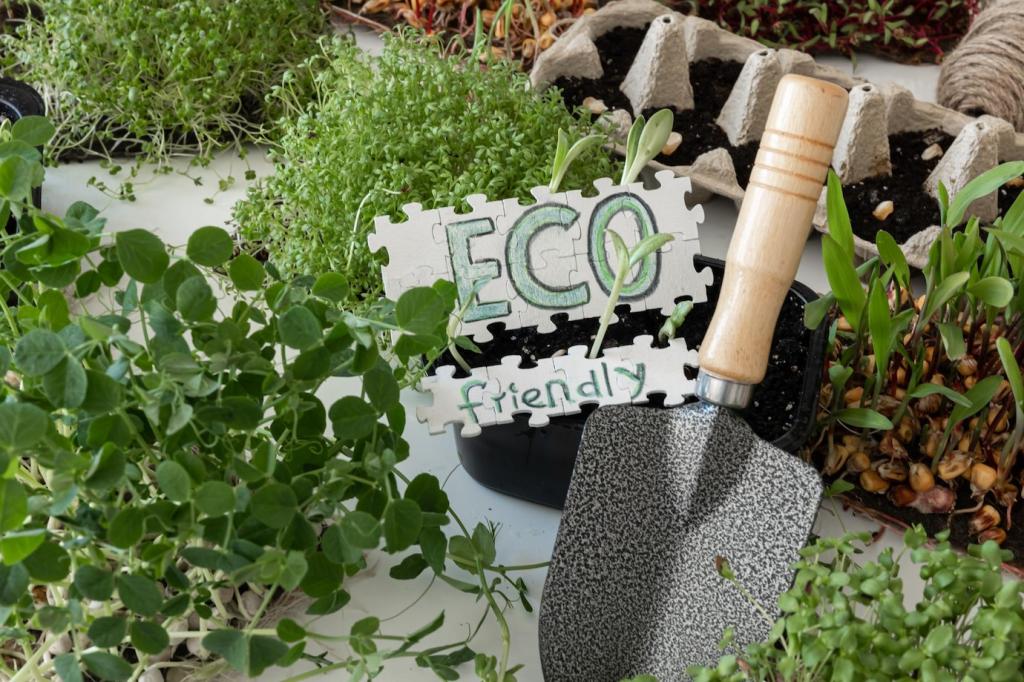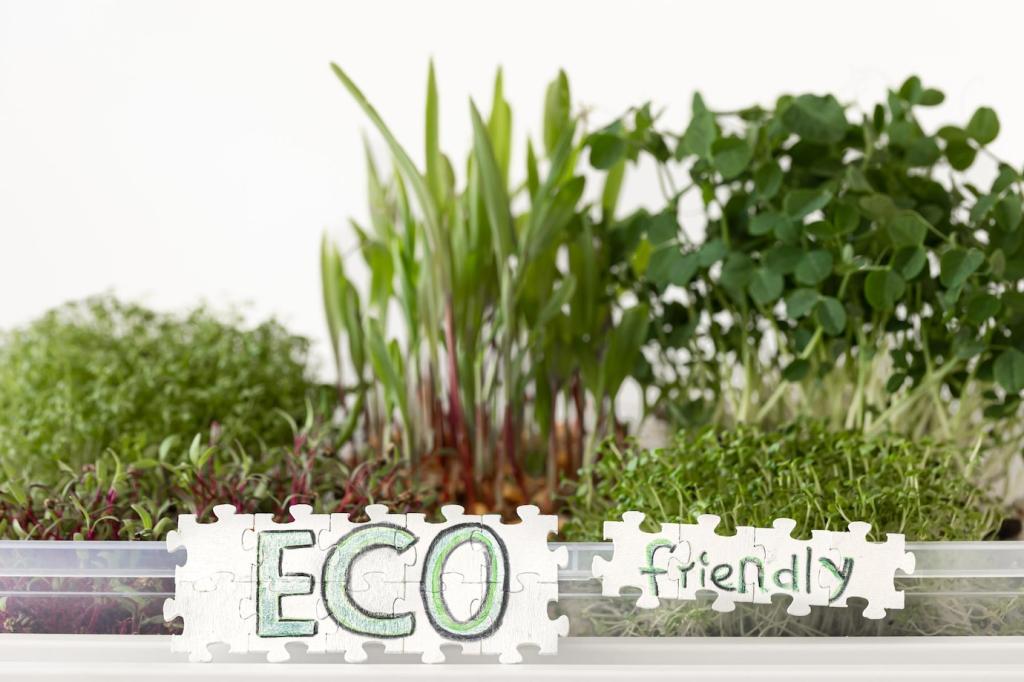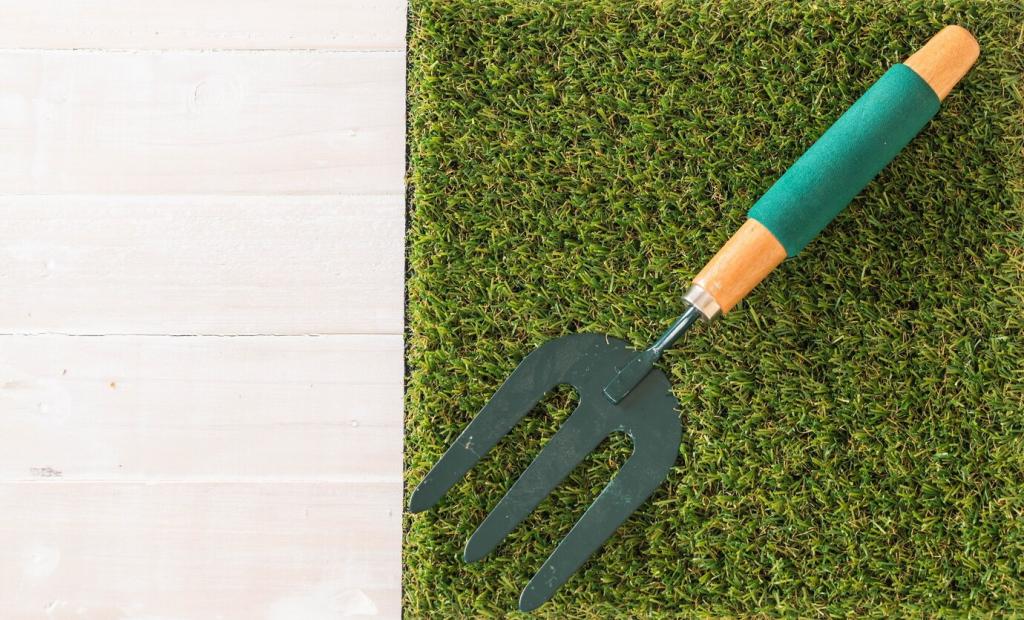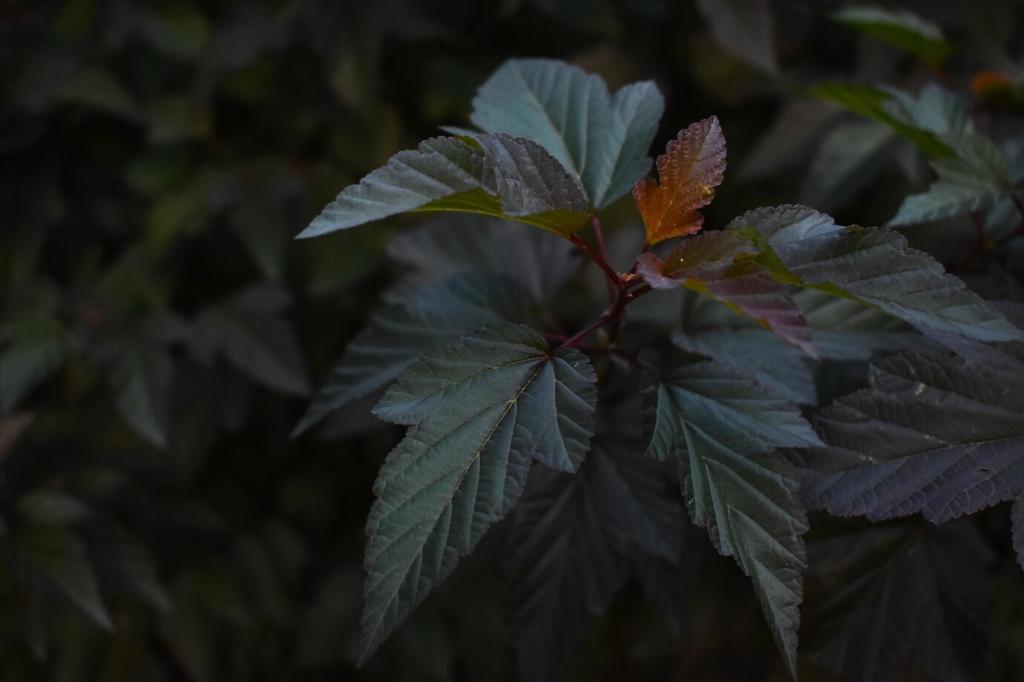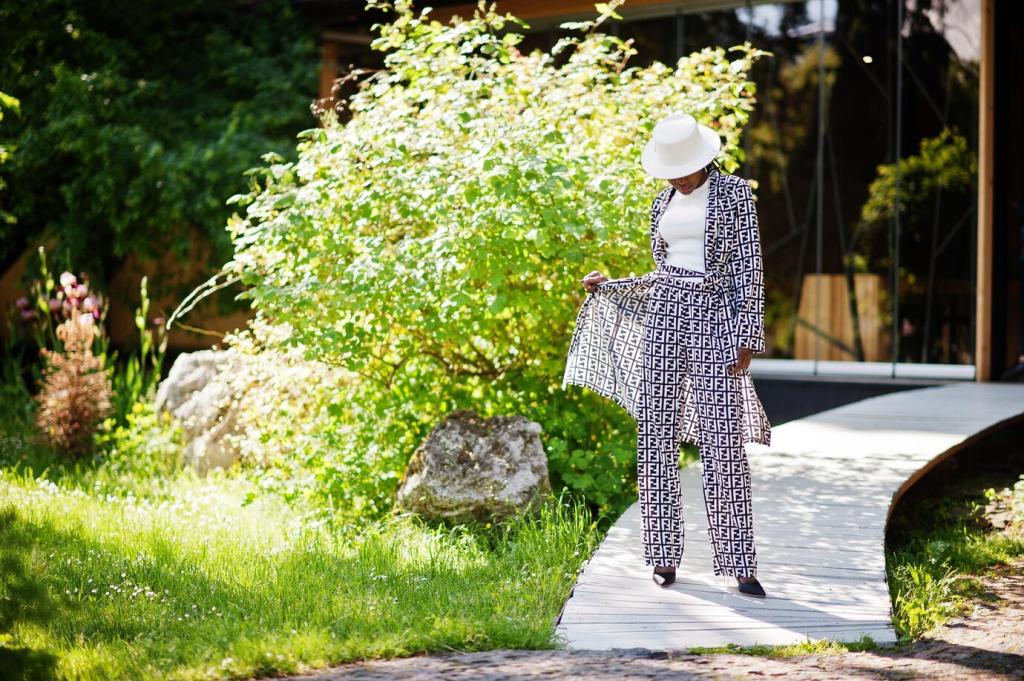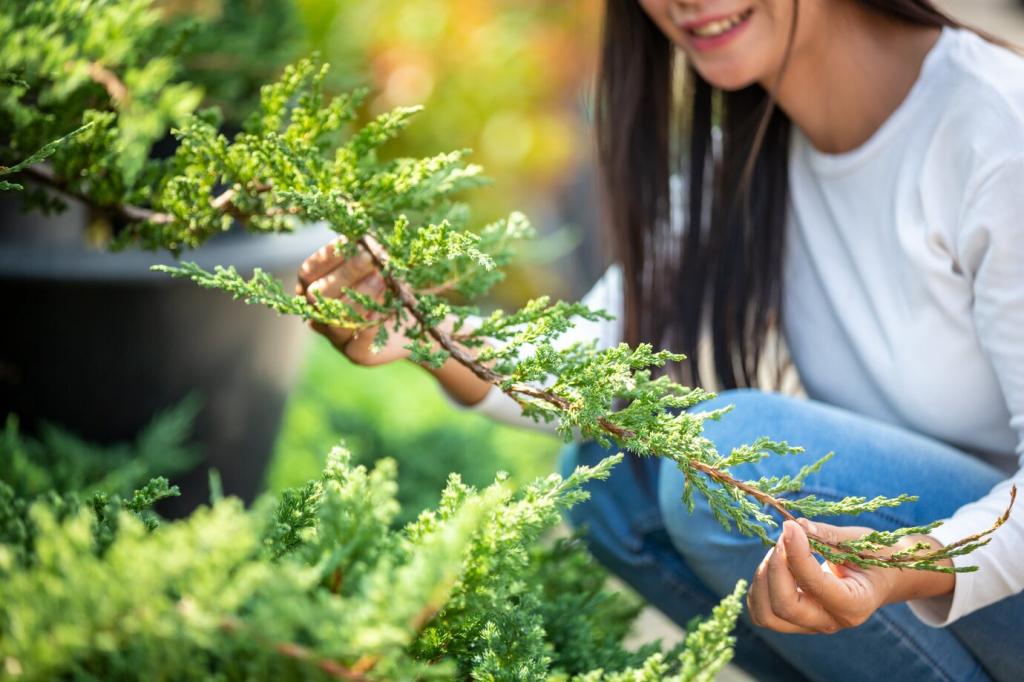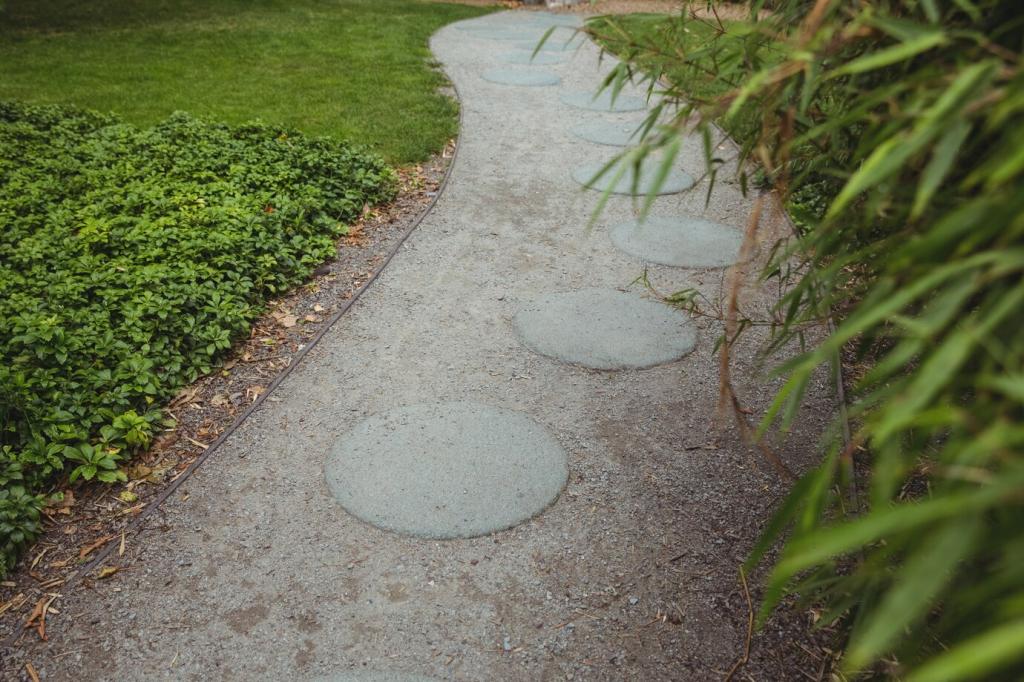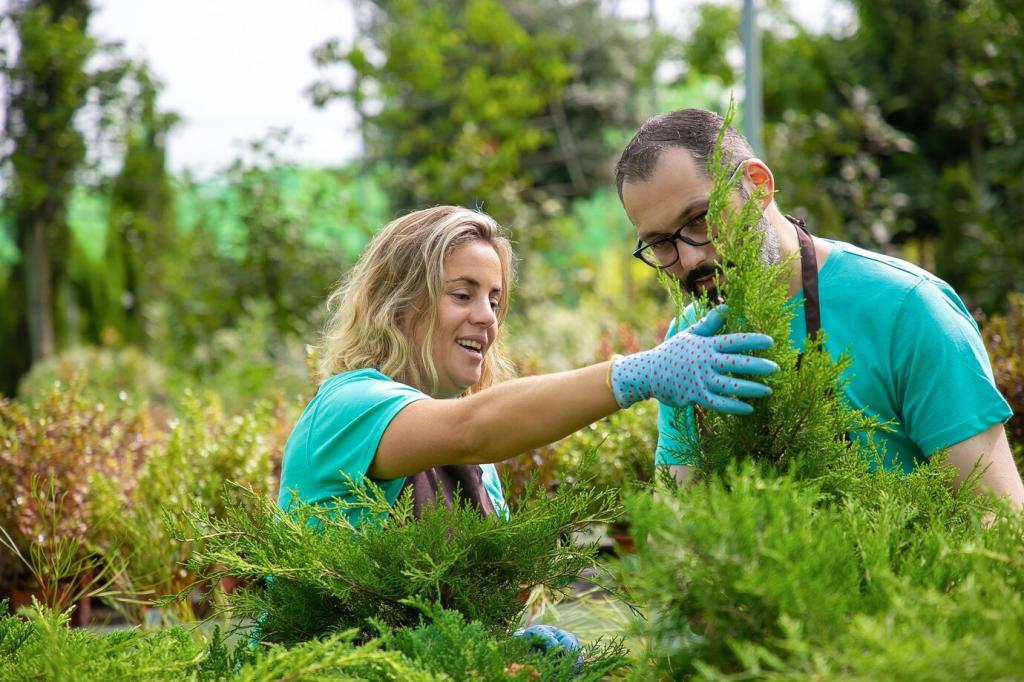Designing with Natives: Beauty, Structure, and Seasonality
Combine canopy, understory, shrub, and ground layers to mimic local ecosystems. This layered structure buffers weather extremes, offers nesting sites, and moderates soil moisture. It also creates visual depth year-round. What layers does your yard already have, and what’s missing?
Designing with Natives: Beauty, Structure, and Seasonality
Plan early, mid, and late-season blooms so pollinators never hit a food gap. Spring ephemerals lead to summer perennials, then autumn asters and goldenrods. Consistent nectar and pollen support thriving insect communities. Share your bloom calendar or ask for regional suggestions.

